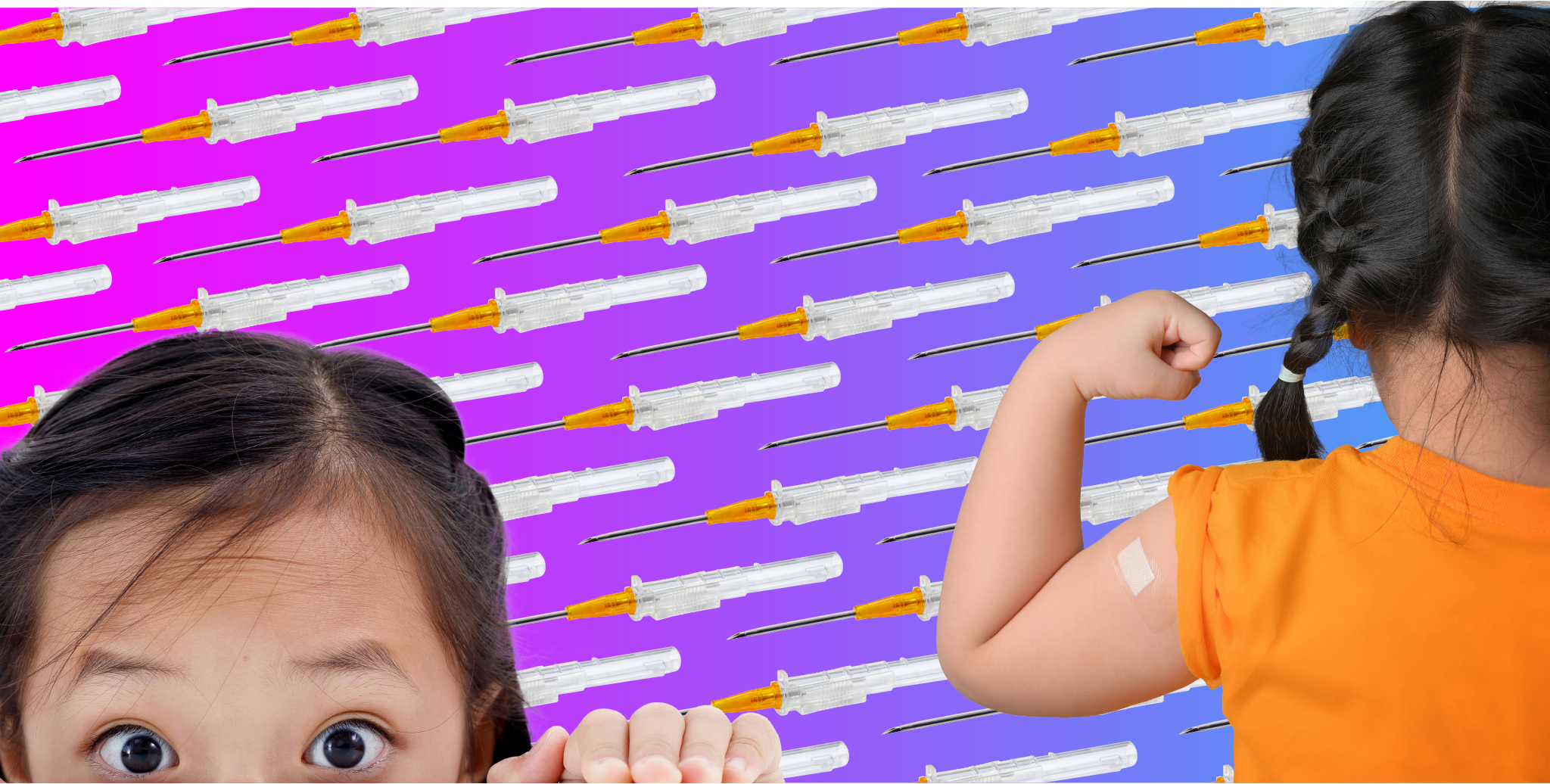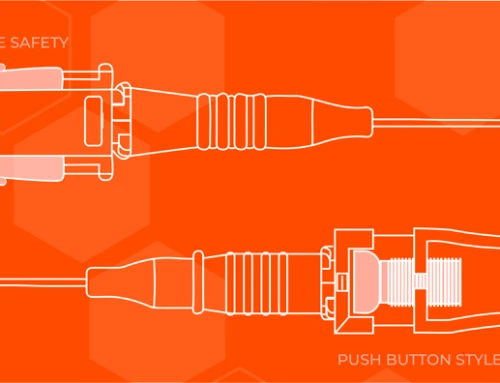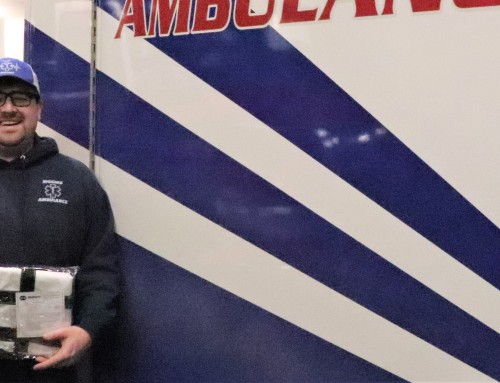Needle Fear No More
At best, most of us tolerate needles. Whether a vaccine, an IV drip, or a blood draw, we can talk ourselves through it with the knowledge that it is for the greater good and will only cause temporary discomfort. On the other side of the spectrum, there are people with such an intense fear of needles that they are considered to have a phobia, trypanophobia to be precise.
Many articles have been written discussing this topic and they all seem to offer similar solutions: meditation, medication, and everything in between. All these solutions have something in common; they treat a fear that already exists and overlook what could have been done to prevent the fear from developing into a phobia in the first place. It has become common knowledge that emotions shape our pain experience, and yet, when a child (those most likely to have high levels of needle fear) expresses the negative emotion of fear it is often ignored (McMurtry, 2015).
MedSource Labs has introduced TrueSafe Comfort® BC Safety IV Catheter
and ClearSafe Comfort® BC Safety IV Catheter
With the endless variables and possible stressors that healthcare professionals encounter, especially in an emergency, patients’ emotions may take second place. MedSource Labs has introduced TrueSafe Comfort® BC Safety IV Catheters and ClearSafe Comfort® BC Safety IV Catheters with incorporated blood control designed to reduce additional stress factors faced by healthcare professionals.
The TrueSafe Comfort® BC and the ClearSafe Comfort® BC feature an active safety mechanism that retracts the needle fully and safely into the catheter chamber. These IV catheters also feature Blood Control with Active Check Valve Technology to help reduce blood leakage events and possible exposure to bloodborne pathogens. With needle sizes as small as 24G, these IV catheters are ideal for pediatric patients in need of medical procedures that require venipuncture.
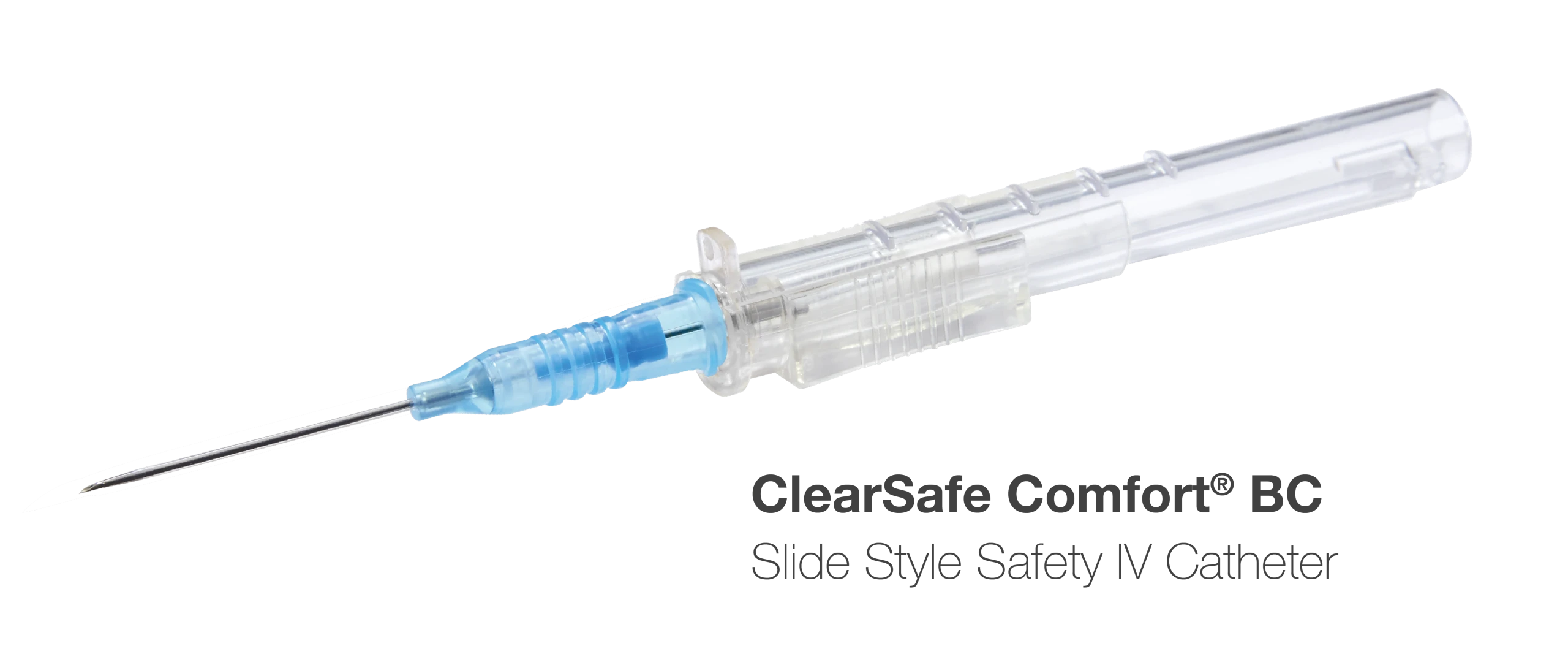
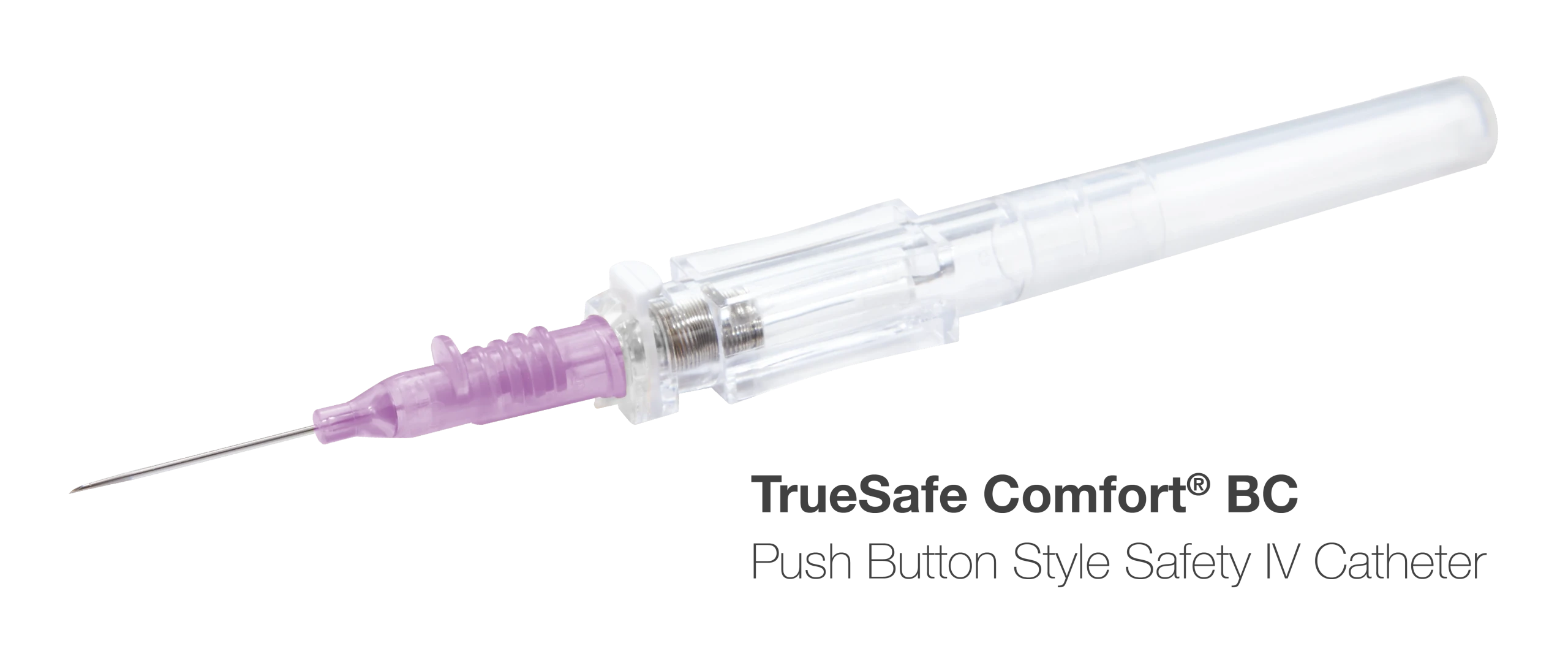
Empowering Care Teams: Essential Resources for Healthcare Providers and Parents
With an “all hands on deck” approach needed to ensure the physical, mental, and emotional well-being of pediatric patients, we have identified some additional resources that may be helpful for healthcare providers and parents alike.
Dr. Amy Baxter, pediatric emergency physician and mom, was “distressed” by other doctors’ indifference to needle pain and decided to accept the challenge of getting kids vaccinated pain-free: enter Buzzy®.
- Based on Gate Control Theory, Buzzy® the vibrating bee with icepack wings, confuses the body’s nerves by sending non-painful signals like vibration, telling the brain to close the “gate” on pain signals. The Buzzy® has been scientifically proven to reduce anticipated and experienced pain levels in children (Ueki, 2019) but is also becoming a hit with adults.
The Meg Foundation has made it their mission to empower children and their families with resources that combine science and technology to manage pain and medical anxiety. Most importantly, they offer a clear explanation of how pain works (knowledge is power), in addition, they offer colorful and interactive guides like the Comfort Poke Plan (you wouldn’t go on vacation without a plan, why would you treat vaccination or venipuncture any other way?)
Of course, with the ever-present battle between children and parents for highly coveted screen time, we simply couldn’t ignore Netflix Jr.’s YouTube channel and their mindfulness song ‘Calm Body Calm Mind’. The graphics are engaging and colorful, and the song changes tempo from fast to slow, focusing on sound and breath.
This is just a glimpse of the continued progress in IV catheter science, and the complimentary resources available to help patients and healthcare providers cope with negative emotions related to pain. Perhaps in time, with innovative solutions and increased awareness; the fear of needles will be a thing of the past.
References:
McMurtry, C. Meghan PhD*,†,‡; Pillai Riddell, Rebecca PhD§,∥,¶; Taddio, Anna PhD∥,#; Racine, Nicole MA§; Asmundson, Gordon J. G. PhD**; Noel, Melanie PhD††; Chambers, Christine T. PhD, R Psych‡‡,§§; Shah, Vibhuti MD, MSc∥∥,¶¶ HELPinKids&Adults Team. Far From “Just a Poke”: Common Painful Needle Procedures and the Development of Needle Fear. The Clinical Journal of Pain 31():p S3-S11, October 2015. | DOI: 10.1097/AJP.0000000000000272
Ueki S, Yamagami Y, Makimoto K. Effectiveness of vibratory stimulation on needle-related procedural pain in children: a systematic review. JBI Database System Rev Implement Rep. 2019 Jul;17(7):1428-1463. doi: 10.11124/JBISRIR-2017-003890. PMID: 31021972.
